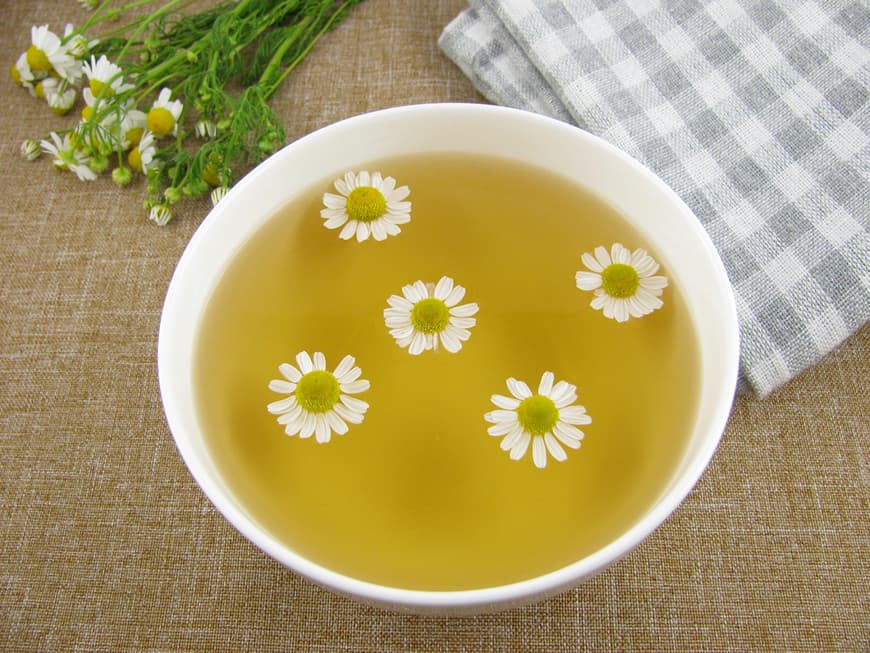
Here are some examples of grandma's home remedies for common complaints.
● Lumbago
Fill two hot-water bottles flat with hot water. Then spread out a tea towel on greaseproof paper and sprinkle with St. John's wort oil (pharmacy). Then wrap the sandwich paper together with the inner cloth. Wrap it with an intermediate cloth. The intermediate cloth consists of a wide layer of absorbent cotton wrapped in a cloth. Now warm the pack between two hot-water bottles. In the meantime, the patient lies down on a large woolen or bath towel that has been spread out in bed. When the oil compress is warm, remove the paper and place the cloth on the oily side. Place the warm intermediate cloth over it and secure everything in place. If necessary, add a hot water bottle to the compress. How often should I do it? One to three times a day.
● Nosebleeds
If our nose suddenly bleeds, we tilt our head back reflexively. Unfortunately wrong! Better: sit upright, bend your head slightly forward and press firmly against the affected side with your thumb. Also helpful: use a cool neck compress. This constricts the blood vessels. Recipe: Dip a washcloth in cold water, wring it out and apply it. For how long? Until the bleeding stops. However, if the head is cold or dizzy, do not use it.
● Earache
At the first signs or when the ear infection subsides, you can do the following: put 1 tablespoon of dried chamomile flowers in a small cotton cloth and seal it with medical tape. Warm the packet between two hot water bottles and then place it behind your ear - about two fingers' width apart. Cover with absorbent cotton and secure with a headband. How long to leave on? At least 20 minutes. Repeat several times a day if necessary.
● Period pains
Fold a tea towel, roll it up and wrap it in another towel. Soak both in a bowl of hot water and then wring out well. Also: spread out a bath towel in bed at pool height. Then roll the damp cloth over your lower back - but place a dry tea towel underneath first - and secure it with the bath towel. If you wish, you can also use a hot water bottle. The moist heat has a relaxing and antispasmodic effect. How long to leave on? As long as is comfortable. A variation: add lady's mantle tea to the water. Recipe: Pour 1 cup of boiling water over 1 heaped teaspoon. Cover and leave to infuse for ten minutes. Why on your back? Heat dilates the blood vessels. This can increase bleeding if the cloth is placed on the abdomen.
● Inflamed vein
Unfold a compress and apply a wide strip of curd cheese at room temperature - preferably natural. In the next step, fold in the edges of the cloth to form a small packet. Place this on top and secure with gauze bandage or cloth. Also use a wetness protector in case whey leaks out. This can be a molton cloth, for example. How long should it be left on? A maximum of 20 minutes. Or until the curd is dry. Then pat the skin dry and allow it to rest for a while. How often can I apply the compress? One to several times a day. Quark has an anti-inflammatory effect, removes heat and cools. The compress can therefore bring relief to irritated, inflamed veins and varicose veins. And in the case of acute joint inflammation, it can help to reduce swelling.
● Reach for savoy cabbage for gout pain
Wash and dry the outer savoy cabbage leaves and remove thick veins. Place them on a formica board and roll them smooth with a glass bottle until juice comes out. Place the leaves on the joint from bottom to top (overlapping). Then cover with a compress and secure with an elastic bandage. Leave on for at least 60 minutes. Even better: wear overnight.
● Protect yourself from burns!
The hot water bottle enhances the effect of warm, moist compresses. To protect yourself from burns, it should be half filled with cold and boiling water and air squeezed out. Check the temperature on the inside of the forearm before applying.
